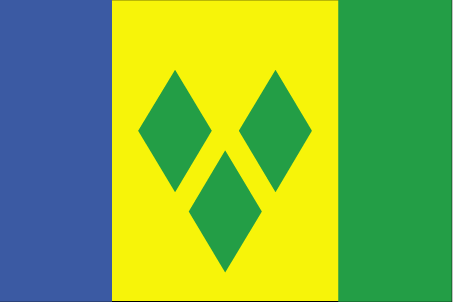For a more detailed listing
click hereResistance by native Caribs prevented colonization on Saint Vincent until 1719. Disputed between France and the UK for most of the 18th century, the island was ceded to the latter in 1783. The British prized Saint Vincent due to its fertile soil, which allowed for thriving slave-run plantations of sugar, coffee, indigo, tobacco, cotton, and cocoa. In 1834, the British abolished slavery. Immigration of indentured servants eased the ensuing labor shortage, as did subsequent Portuguese immigrants from Madeira and East Indian laborers. Conditions remained harsh for both former slaves and immigrant agricultural workers, however, as depressed world sugar prices kept the economy stagnant until the early 1900s. The economy then went into a period of decline with many landowners abandoning their estates and leaving the land to be cultivated by liberated slaves. Between 1960 and 1962, Saint Vincent and the Grenadines was a separate administrative unit of the Federation of the West Indies. Autonomy was granted in 1969 and independence in 1979.
Source:
World Factbook 2020

| This product was added to our catalog on Monday 02 November, 2020.